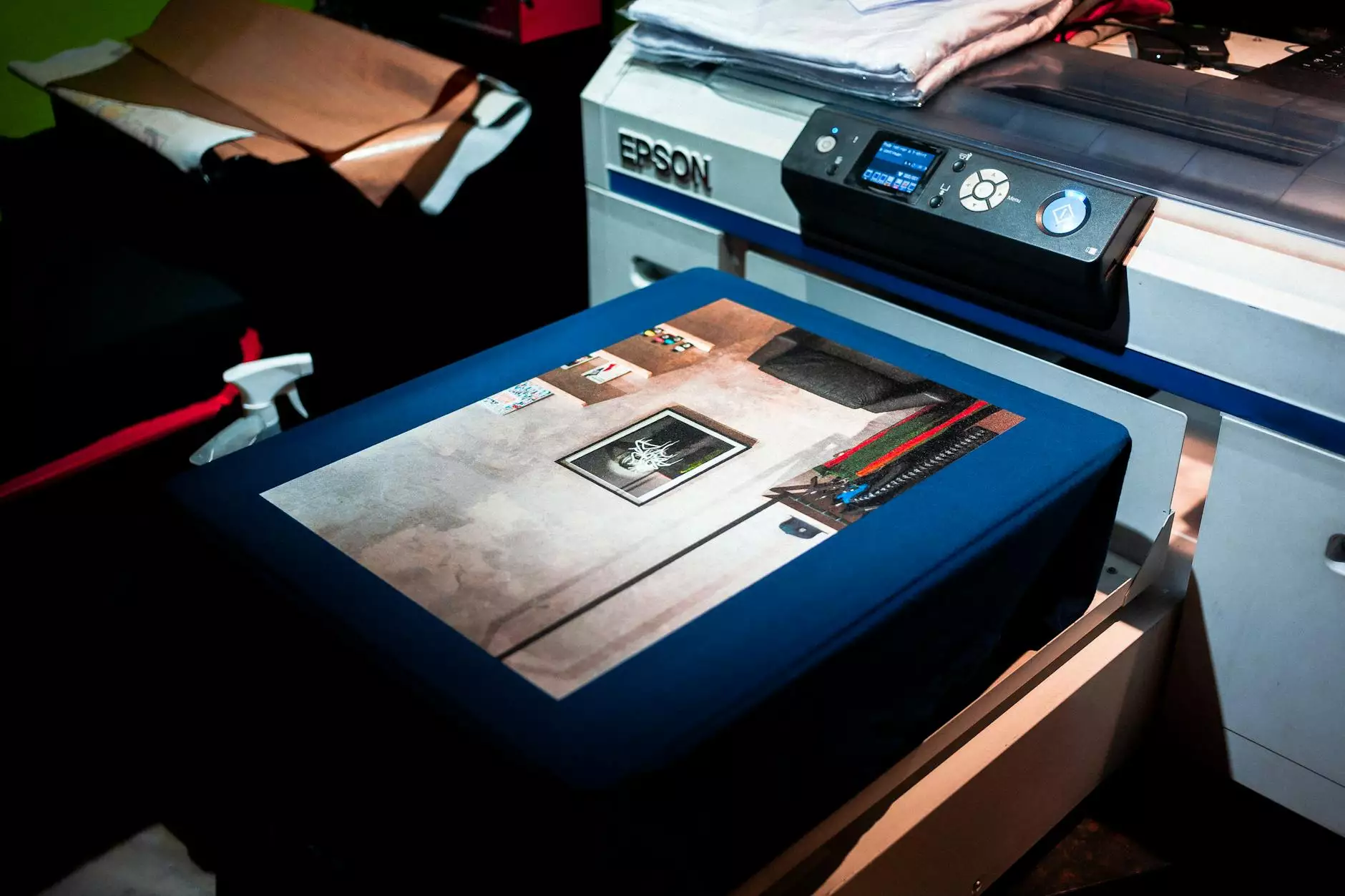The Ultimate Guide to Reverse Osmosis Water Purifiers

In today’s world, access to clean and safe drinking water is paramount. Amidst increasing pollution and contamination of natural water sources, the quest for effective water purification techniques has led many to discover the power of reverse osmosis water purifiers. This comprehensive guide explores what reverse osmosis is, how it works, its benefits, and the best practices for selecting and maintaining these essential devices.
What is Reverse Osmosis?
Reverse osmosis (RO) is a water purification process that removes contaminants from water by utilizing a semipermeable membrane. This technology is widely adopted in households, industries, and even water treatment facilities due to its ability to filter out a broad range of impurities.
How Does Reverse Osmosis Work?
The reverse osmosis process works through the following steps:
- Pre-Filtration: Water first passes through a series of filters that remove larger particles like dirt, sediment, and chlorine—elements that can damage the RO membrane.
- Reverse Osmosis Membrane: The heart of the system, this semipermeable membrane allows only water molecules to pass through, rejecting larger molecules including contaminants and impurities.
- Post-Filtration: After the water has passed through the RO membrane, it may go through additional filters to ensure the highest purity, often including carbon filters that eliminate any remaining odors or tastes.
- Storage: Finally, the purified water is stored in a tank, ready for use whenever needed.
Benefits of Using Reverse Osmosis Water Purifiers
Investing in a reverse osmosis water purifier brings numerous benefits that enhance the quality of drinking water. Here are some compelling reasons why these systems are highly recommended:
1. Superior Filtration
RO systems effectively eliminate up to 99% of all dissolved salts, bacteria, and other harmful contaminants, ensuring you get the purest water possible. This includes elements such as:
- Heavy metals (lead, mercury)
- Chlorine and chloramines
- Pesticides and herbicides
- Fluoride
2. Improved Taste and Odor
Many users report that water treated through reverse osmosis tastes significantly better than tap water. This improvement is due to the removal of substances that contribute to unpleasant tastes and odors.
3. Cost-Effectiveness
While the initial investment in a reverse osmosis system may seem substantial, the long-term savings far outweigh the costs. You can stop buying expensive bottled water, and the unit has a low operational cost compared to the benefits it delivers.
4. Environmental Impact
By reducing your reliance on bottled water, you contribute to minimizing plastic waste, thereby supporting environmental sustainability. Quality reverse osmosis water purifiers can produce clean drinking water at home without the need for disposables.
Selecting the Right Reverse Osmosis System
Choosing the right reverse osmosis water purifier requires consideration of several factors, including:
1. Water Quality
Before purchasing, it’s crucial to assess the level of contaminants in your water supply. You can conduct a water test to know which impurities you need to filter out.
2. System Capacity
Consider the size of your household and water usage habits. There are systems designed for low flows, while others cater to higher demands commonly required in larger families or businesses.
3. Maintenance Requirements
Maintenance is vital for ensuring the longevity and effectiveness of an RO unit. Look for systems with easy-to-replace filters and clear maintenance guidelines.
4. Certification
Checking for certifications such as NSF/ANSI can help you identify reliable products that have been vetted for effectiveness and safety.
Installation of Reverse Osmosis Systems
Installing a reverse osmosis water purifier can typically be done as a DIY project, but professional help is recommended to ensure optimal functioning. Here are some key steps in the installation process:
1. Location Selection
Choose a location under the sink or in a utility space where the unit can be easily connected to the water supply.
2. Plumbing Configuration
Most systems come with a comprehensive installation kit, including all necessary plumbing connections. Ensure the existing plumbing can accommodate the new system.
Maintaining Your Reverse Osmosis System
To maximize the lifespan and effectiveness of your reverse osmosis water purifier, regular maintenance is necessary. Here are useful tips:
1. Change Filters Regularly
Replace pre and post-filters as per the manufacturer's recommendations, typically every 6 to 12 months, and change the RO membrane every 2 to 3 years.
2. Sanitize the System
Every year, clean and sanitize the system to prevent biofilm and bacterial growth. This simple step promotes fresher tasting water.
3. Check for Leaks
Regularly inspect all the fittings and connections for potential leaks, addressing any issues immediately to prevent water loss and damage.
Conclusion: The Importance of Reverse Osmosis for Your Health
In summary, reverse osmosis water purifiers stand out as one of the best solutions for ensuring clean, safe, and delicious drinking water. Whether for your home or business, investing in a high-quality RO system from a reputable supplier, such as bimakskimya.com.tr, can significantly enhance your water quality, promote better health, and provide peace of mind. Take charge of your water today, and enjoy the numerous advantages of a reverse osmosis system for a healthier tomorrow.









